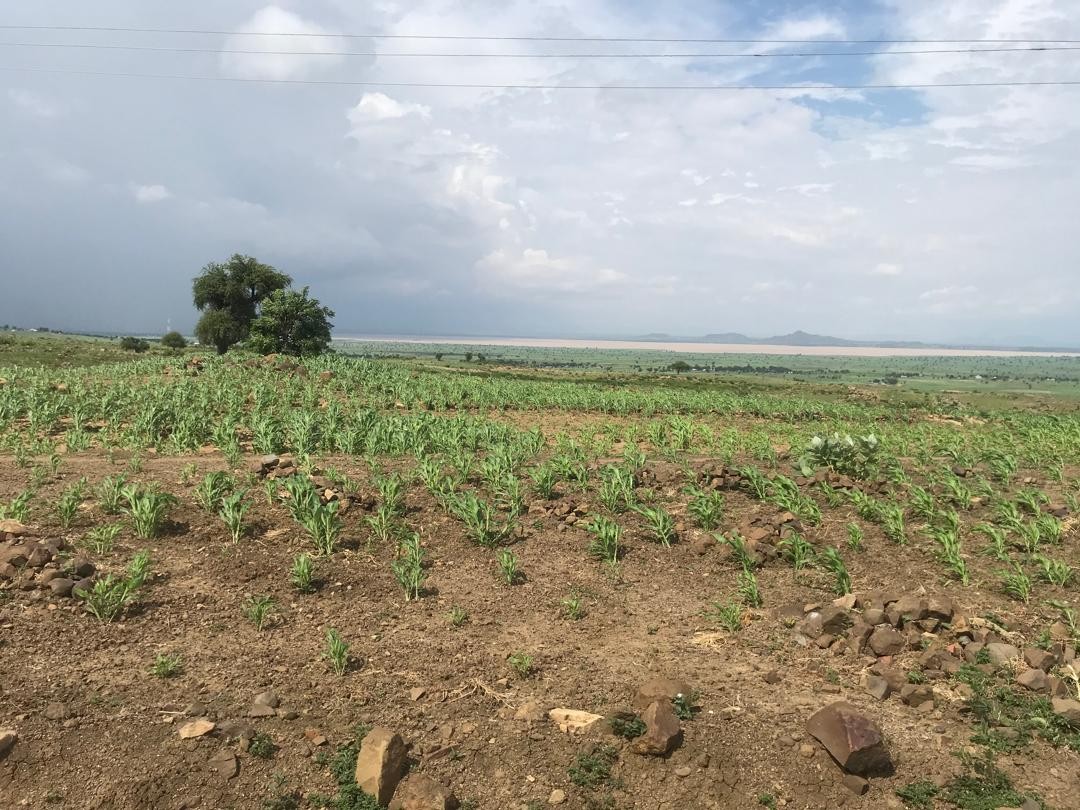Marketing eco-friendly or "green" products in rural areas requires a tailored approach that emphasizes local needs, practical benefits, and community engagement. Here are some effective strategies to help promote eco-friendly products in these communities:
1. Educate on Environmental Benefits
Many rural communities may not be familiar with green products or their environmental advantages. Educational campaigns that explain how these products help preserve local resources, reduce pollution, or improve health can drive interest and adoption. For example, workshops on organic farming or water conservation techniques can illustrate how these practices sustain local ecosystems. Collaborating with local NGOs or environmental groups to host seminars can further boost awareness.
2. Leverage Local Networks and Influencers
In rural areas, personal relationships and community trust are often strong. Leveraging local networks can be powerful. Identify respected community leaders, such as village elders, teachers, or local entrepreneurs, who can advocate for green products. These individuals can share their personal experiences with the products, creating authentic endorsements that resonate with the community. Additionally, inviting local influencers to participate in product demonstrations can lend credibility and encourage others to try eco-friendly alternatives.
3. Highlight Cost Savings and Practical Benefits
Rural consumers often prioritize affordability and practicality, so it’s crucial to communicate the cost-effectiveness of green products. For instance, while a solar lamp may have an initial cost, it saves money over time compared to kerosene lamps by eliminating fuel expenses. Similarly, natural fertilizers and organic pest control can be marketed as sustainable ways to improve crop yields and soil health, reducing the need for costly chemical inputs.
4. Make Products Accessible and Affordable
Accessibility is key to promoting green products in rural areas. Ensure that products are available at local shops, markets, or through mobile vendors who can bring products directly to consumers. Consider partnering with microfinance institutions to offer flexible payment options or small loans, making green products more affordable to a wider range of customers. Subscription or installment-based payment models can also ease the financial burden of higher upfront costs.
5. Use Demonstrations and Trial Programs
Demonstrations are a highly effective way to showcase the benefits of green products. Organize events where community members can see products like solar cookers, water purifiers, or organic fertilizers in action. Trial programs can allow potential customers to test products before making a purchase, reducing hesitation and building trust. For example, allowing farmers to use a sample of organic fertilizer for one growing season can demonstrate its benefits first-hand.
6. Foster Community Involvement and Feedback
Engaging the community in the marketing process can boost acceptance and adoption of green products. Involve community members in product feedback sessions or focus groups to better understand their needs and preferences. By adapting products based on local feedback, you can build products that align more closely with the community’s way of life and increase satisfaction. Furthermore, highlighting success stories from within the community can inspire others to follow suit.
7. Connect to Local Sustainability Initiatives
Many rural areas have existing initiatives aimed at sustainability, such as agricultural cooperatives, conservation programs, or eco-tourism projects. Align your marketing efforts with these initiatives to reinforce the message of environmental stewardship. For example, if a community is involved in reforestation, promoting eco-friendly products like biodegradable materials or natural pest control can complement their conservation goals. Collaborating with local initiatives can also open doors for partnerships and support from local organizations.
Possible Types of Green Products
Green products cater to both environmental and practical needs, promoting sustainability while providing valuable solutions to rural communities. Here are some options to consider marketing:
- Solar Lamps and Solar Cookers: Providing renewable energy alternatives to traditional fuel-based lighting and cooking methods.
- Biodegradable Packaging and Utensils: Reducing waste and promoting eco-friendly alternatives to single-use plastics.
- Natural and Organic Fertilizers: Encouraging sustainable agriculture by avoiding synthetic chemicals.
- Water Purification Systems: Offering safe, clean water through filters and purifiers that minimize environmental impact.
- Eco-friendly Pest Control Solutions: Providing natural alternatives to chemical pesticides that protect crops and the environment.
- Recycled or Reusable Bags: Reducing plastic waste by offering durable, reusable alternatives.
- Energy-efficient Stoves: Saving fuel and reducing air pollution with efficient cooking appliances.
- Compost Bins: Promoting waste reduction and soil enrichment through composting.
- Organic Soaps and Personal Care Products: Offering safe, natural alternatives that reduce chemical exposure and pollution.
- Reusable Water Bottles and Containers: Minimizing single-use plastic waste with sustainable drinkware options.
- Biogas Digesters: Converting organic waste into energy and fertilizer for household or agricultural use.
- Eco-friendly Building Materials: Using sustainable resources like bamboo, recycled wood, or mud bricks for construction.
- Herbal Remedies and Natural Health Products: Promoting traditional, natural wellness solutions that are gentle on the environment.
- Handcrafted, Sustainable Crafts: Supporting local artisans with eco-friendly materials that preserve cultural heritage.
- Plant-based Cleaning Supplies: Offering chemical-free cleaning solutions that are safe for families and the environment.
Conclusion
Marketing green products in rural settings is most effective when it resonates with local values, offers practical benefits, and is accessible to the community. By combining education, affordability, and local involvement, you can create a marketing strategy that promotes eco-friendly products and fosters sustainable development in rural areas. Green products not only improve the quality of life but also contribute to the preservation of our planet, creating a sustainable future for generations to come.



